
http://yield2me.com/-69453.htm
best hostgator coupon site
JASON SILVEIRA can happily smile months after a farm accident that could have claimed his life. Thanks to care at the Children’s Hospital Central California (below), he has fully recovered from his horrible injuries.
Jason, 10, had been impaled by the large tines of a manure spreader.
Two steel rods, half an inch in diameter and nine to 10 inches long, had pierced his son’s body, one between his eye and sinus cavity, the other penetrating his torso.
The horrific accident made news throughout the San Joaquin Valley.
The manure spreader was operated by his grandfather, who was unaware that Jason was anywhere near the large piece of equipment. The size of the equipment impaired his vision of the machine.
He thought Jason had gone to the house, as he had told him to do, so he would not be near the operating equipment. Instead, Jason got too close to the spreader and was caught in the swirling tines out of sight of his grandfather.
Paramedics spent agonizing minutes that seemed an eternity, cutting the machine away from his body working to keep him alive. He was airlifted to Community Regional Medical Center in Fresno, the tines still in his body.
The trauma unit at Community saved his life, says Ron.
“You could hear people cutting metal in the emergency room. In surgery, they used Channellock pliers to remove the rod from his head.”
Jason also suffered a broken wrist and a fractured vertebra, fortunately treatable without surgery.
He was lucky to be alive after all that, and his family expected permanent damage. “They told us Jason would likely lose his eye,” Ron says.
After two days at Community Regional, Jason was transferred to Children’s Hospital Central California in Madera, just north of Fresno.
Three and a half weeks later, he was going home — remarkably, with vision in both eyes.
“It was absolutely amazing what they did for my son,” Ron says. “From that horrible accident, he is fully back to normal, with only minimal scarring and 20/20 vision. The most remarkable thing was the work of the plastic surgeon, Dr. Angela Rodriquez. She did wonders to rebuild the orbital wall of Jason’s eye.”
To restore vision and repair the damage to the orbital socket, Rodriquez had to perform surgery within a week after Jason got to the hospital in order for the surgery to have a chance to be successful. She used skin grafts from Jason’s scalp and bones from his skull to repair the orbital wall of his eye.
Due to the nature of his injury on the manure spreader, doctors and nurses had to guard around the clock against infections during the early part of his recovery.
“The first surgery Dr. Rodriquez did took seven hours. Three days later, after taking X-rays, she wasn’t quite happy with the results and did another surgery to re-center the eye,” Ron says. “The eye had to basically be put back into the socket and the tendons that hold it in place repaired.
“The people at Children’s Hospital not only gave Jason amazing care, but were very gracious to our family. We stayed at the hospital in our travel trailer while they worked on Jason. They were so kind and caring to us all.”
Jason has had to make many follow-up visits to the hospital for therapy and to monitor his progress, and each time the family goes through the door, they are grateful again — their son is back in school, back to normal.
The Silveira family’s story is similar for thousands of families in the Valley, and Ron is more than willing to tell his family’s story to lend support to a fund raiser for Children’s Hospital Central California as part of World Ag Expo in Tulare, Calif.
Together with E.M. Tharp Inc./Golden State Peterbilt, World Ag Expo has launched a campaign to increase awareness of the hospital to raise funds for its support.

THIS BRAND NEW Peterbilt 340 truck, donated by E.M. Tharp Inc./Golden State Peterbilt, will be auctioned off Wednesday, Feb. 11, with 100 percent of the proceeds going to Children’s Hospital. The auction will take place at the Heritage Building balcony.
The campaign, “Transporting Hope for Our Children’s Future,” will kick off at the State Capitol, then travel south from Sacramento, stopping at Children’s Hospital in Madera, and E.M. Tharp Inc./Golden State Peterbilt in Fresno, before concluding at World Ag Expo.
Being showcased during the campaign is a brand new Peterbilt 340 truck, donated by E.M. Tharp Inc./Golden State Peterbilt. It will be auctioned off Wednesday, Feb. 11, with 100 percent of the proceeds going to Children’s Hospital Central California.
The auction will take place at the Heritage Building balcony, with World Ag Expo attendees, exhibitors from around the world and national media watching the bidding action.
The funds generated during the week-long campaign will help insure that Children’s Hospital Central California continues to prosper in the Central Valley.
“The Tharp organization has really been encouraged by the scholarship program and the response from young men and women pursuing degrees in agriculture,” says Vester East of E.M. Tharp Inc./Golden State Peterbilt. “When we were approached about the truck auction to benefit Children’s Hospital, we felt it was something we wanted to do in support of the entire Valley community.”
Children’s Hospital Central California is a not for profit, state of the art children’s hospital on a 50-acre campus with a staff of more than 450 physicians. In California, more children are treated at Children’s than any pediatric hospital north of San Diego, making it the second largest children’s hospital in the state.
The 297-bed facility, one of the 10 largest hospitals of its type in the nation, serves children in a 45,000-square-mile region that stretches from Stockton to Bakersfield and the Sierra Nevada Mountains to the Pacific Ocean. It has served Central California for 55 years.
“Partnerships like this help us continue to provide outstanding, state of the art medical care to children like Jason in Central California,” says James Meinert, Foundation Vice President of Children’s Hospital Central California. “This truck will remind everyone who sees it just how invested the community is in Children’s Hospital.”
Micheline Golden, public relations manager at the hospital, says, “We ensure that Central California children can have cutting edge pediatric care without their families having to travel to Los Angeles or the Bay Area. We’re here thanks to a group of young mothers who organized the community to found this facility over 50 years ago, and we continue to be here because organizations like E.M. Tharp Inc./Golden State Peterbilt and World Ag Expo are dedicated to making sure all children in Central California have access to outstanding health care.”
E.M. Tharp Inc./Golden State Peterbility has been a part of the Valley business community for more than 70 years. It has locations in Fresno, Porterville, and Bakersfield.










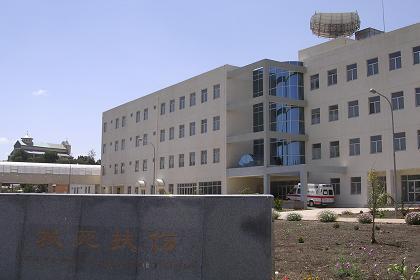
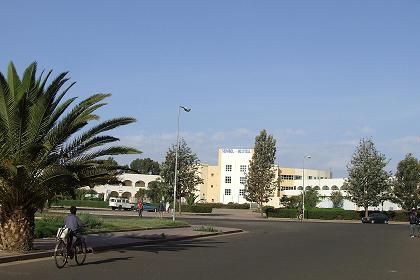
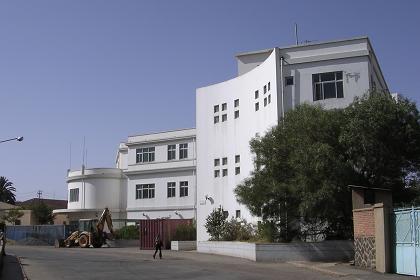
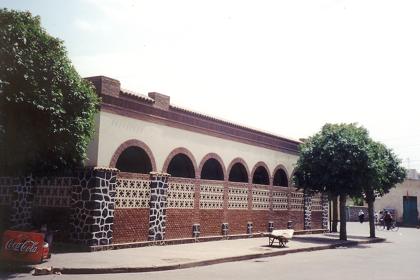
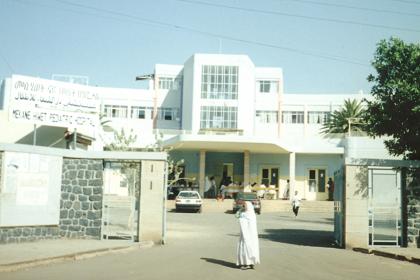
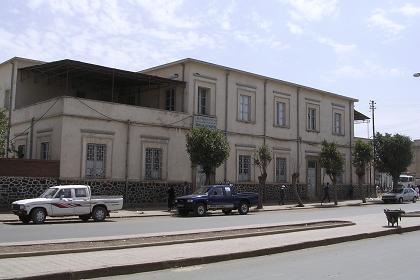
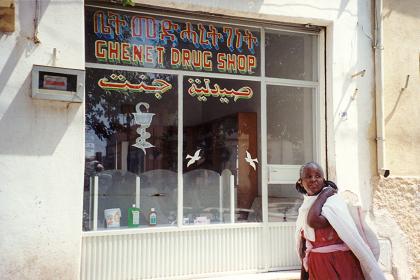
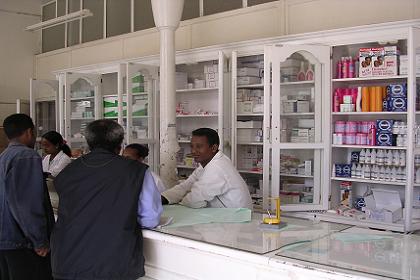

 g Test Centre.
g Test Centre. s with leukemia and lymphoma since 1972. This department has extensively been involved in laboratory research. Using combination chemotherapy supplemented with immune chemotherapy and hematopoietic stem cell transplantation to treat haematological cancerous tumors, many patients have fully recovered.
s with leukemia and lymphoma since 1972. This department has extensively been involved in laboratory research. Using combination chemotherapy supplemented with immune chemotherapy and hematopoietic stem cell transplantation to treat haematological cancerous tumors, many patients have fully recovered.











